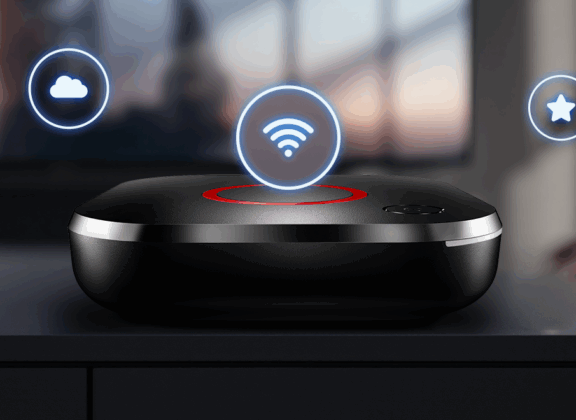For many consumers, IPTV is synonymous with online streaming. Yet today’s IPTV boxes and media players are far more versatile than just gateways to the internet. Modern devices can operate as standalone multimedia hubs, giving users access to rich entertainment without relying on a broadband connection. By combining offline playback, DLNA/UPnP networking, and thoughtfully curated local libraries, IPTV devices deliver a seamless and high-quality experience that rivals traditional streaming services.
The Power of Offline Media Playback
One of the most underappreciated features of IPTV and media players is their ability to handle offline content directly from local storage. By loading media onto USB drives, SD cards, or external hard disks, customers can play high-resolution movies, music, and TV shows without any online dependency. These devices often support an extensive array of codecs and containers, ensuring compatibility with everything from standard-definition clips to ultra-high-definition video.
This offline capability is especially valuable in environments with limited or unreliable internet. With content stored locally, playback is smooth, free of buffering, and immune to network disruptions. This setup allows households or businesses to manage their own libraries and maintain control over quality and access—turning the IPTV device into a reliable, all-in-one media solution.
DLNA/UPnP: Seamless Local Network Streaming
Beyond direct playback, DLNA and UPnP protocols enable IPTV devices to act as powerful networked media players. By connecting to local servers such as NAS units or PCs, these devices can access an entire catalog of content without any external bandwidth usage. This approach consolidates files in a single storage location while making them instantly available across multiple rooms and devices.
With DLNA or UPnP configured, the IPTV box automatically discovers compatible servers on the same network. Users gain access to advanced features such as artwork display, genre filtering, and intuitive categorization of movies and TV shows. In effect, this transforms a home network into a private streaming service with no monthly fees or internet dependency.
Organizing Local Libraries for Optimal Results
The usability of offline and local-network playback depends heavily on how the media library is structured. Clear file naming conventions, consistent folder hierarchies, and standardized metadata all contribute to smoother browsing and better device performance. IPTV interfaces can then correctly index content, display episode groupings, and enhance the overall user experience.
A well-organized local library ensures quick searches and an attractive presentation of media content. When combined with DLNA or UPnP servers, this structure provides a seamless experience across all connected devices. For customers, it offers the feel of a professional streaming platform while keeping full ownership and control over the media.
Security, Privacy, and Reliability Benefits
Running IPTV devices primarily in offline or local modes brings an added layer of security. Without constant exposure to the public internet, the devices face fewer cybersecurity risks and fewer bandwidth-related problems. Updates can still be installed manually, but day-to-day use takes place within a closed ecosystem.
Privacy also improves significantly. Viewing habits, personal preferences, and metadata remain confined to the user’s own network rather than being transmitted to third-party services. This control can be particularly appealing to customers who are wary of data collection or advertising-based tracking.
Preparing for Hybrid Use
Although offline functionality is powerful, most modern IPTV boxes also maintain full online capabilities. This hybrid approach lets customers stream when internet access is available while maintaining an offline catalog for periods of low connectivity. By investing in both modes, consumers ensure a future-proof entertainment setup capable of adapting to changing needs.
The days of IPTV being solely tied to the internet are over. Offline media playback, DLNA/UPnP networking, and carefully organized local libraries turn today’s IPTV boxes into self-sufficient entertainment hubs. These capabilities provide stability, privacy, and a premium viewing experience without monthly fees or bandwidth limitations. For retailers and customers alike, highlighting these features offers a compelling reason to view IPTV devices as more than streaming tools—they are complete multimedia ecosystems ready to perform anytime, anywhere.
